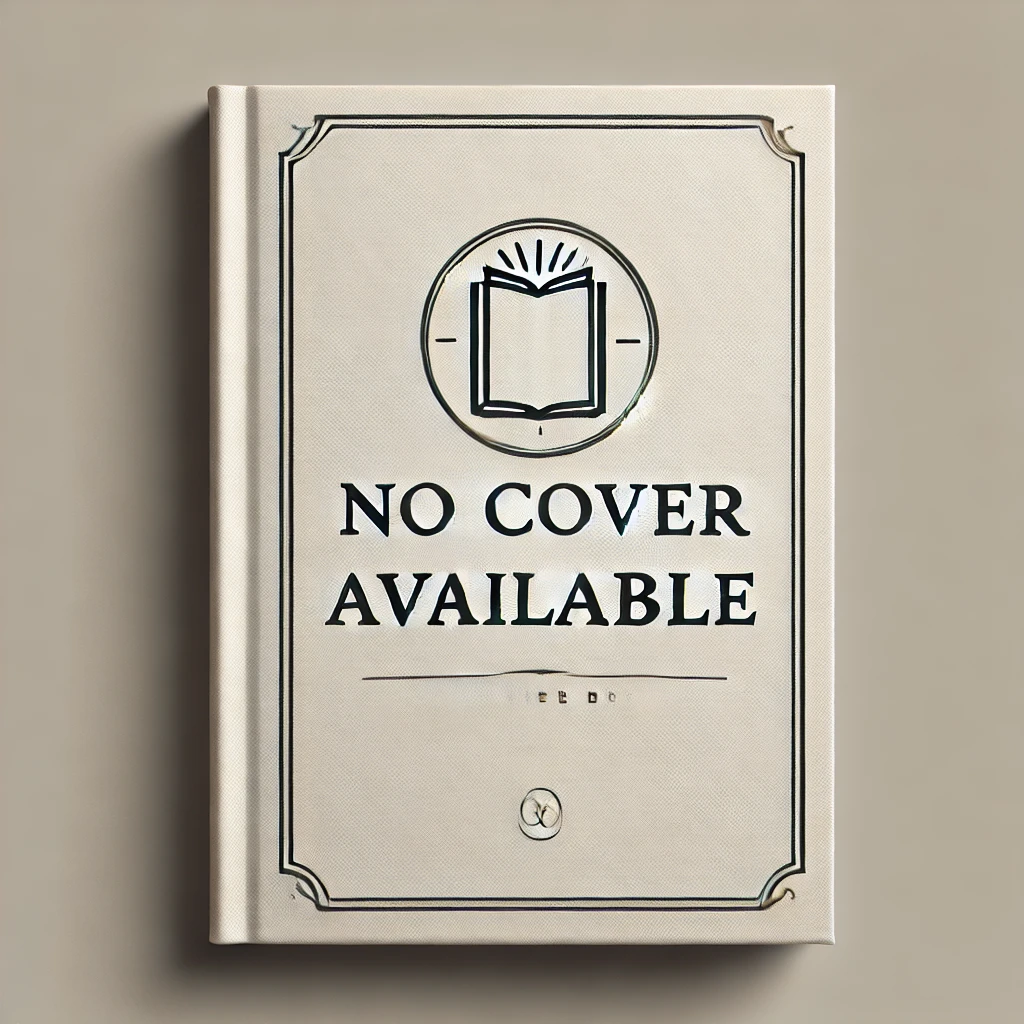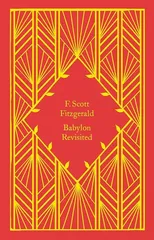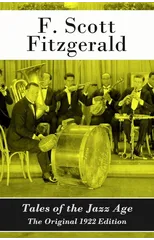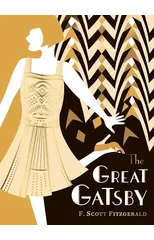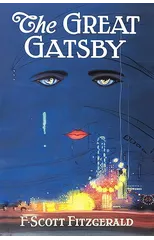"I was within and without, simultaneously enchanted and repelled by the inexhaustible variety of life." -F. Scott Fitzgerald, The Great Gatsby (1925) The Great Gatsby (1925) stands as the quintessential literary achievement of F. Scott Fitzgerald's career and is often referred to as a Great American Novel. The plot focuses on wealthy yet tragic Jay Gatsby and his pursuit of socialite Daisy Buchanan, as told through the eyes of narrator Nick, a common Midwesterner. As the story unfolds with scenes of parties, drunkenness, and infidelity, Fitzgerald's critical commentary on the lavishness, hedonism, and rebellion of The Jazz Age becomes evident. This literary classic is a must-read (or a read again) for fans of Fitzgerald and literary classics.
F. Scott Fitzgerald
F. Scott Fitzgerald was an American novelist and short story writer known for his portrayal of the Jazz Age in American literature. His most notable works include "The Great Gatsby," "Tender is the Night," and "This Side of Paradise."
Fitzgerald's writing style is characterized by his use of lyrical prose and exploration of the themes of wealth, class, and the American Dream. He is considered one of the greatest American writers of the 20th century and his works continue to be studied and celebrated for their insight into the social and cultural dynamics of his time.
"The Great Gatsby" is Fitzgerald's most famous work and is widely regarded as a masterpiece of American literature. The novel explores the themes of love, wealth, and the pursuit of the American Dream, and has had a lasting impact on the literary genre of the novel. Fitzgerald's contributions to literature include his exploration of the complexities of human relationships and his keen observations of American society during the 1920s.
